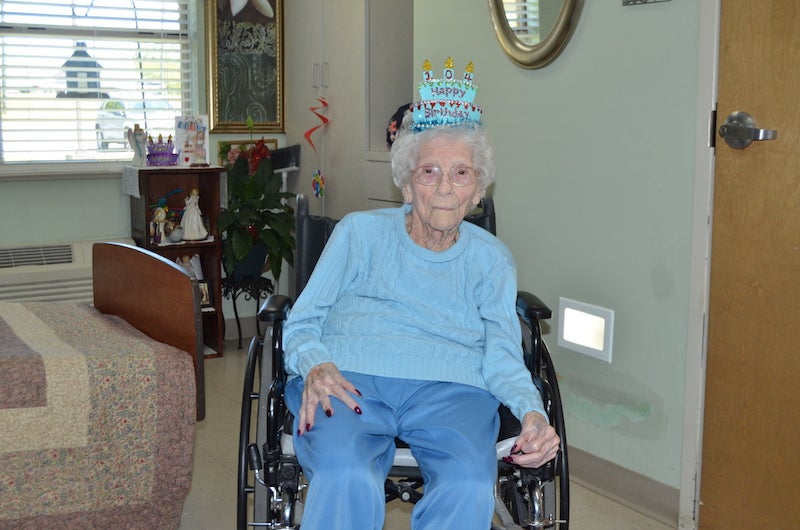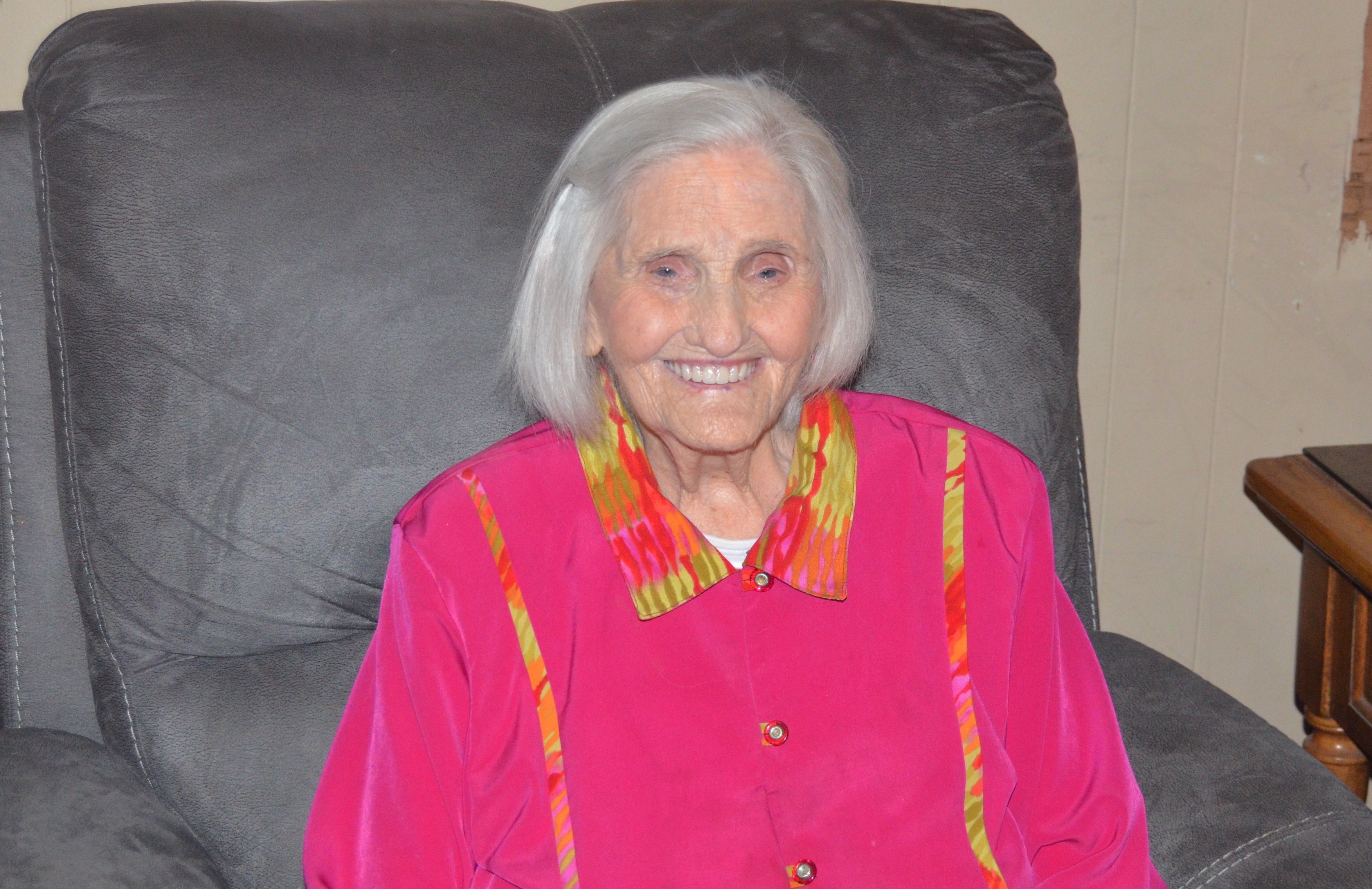Things to know before trick-or-treating
Published 3:58 pm Tuesday, October 30, 2012
With Halloween approaching, there are many opportunities for young people to dress up in costumes and enjoy trick-or-treating. In an effort to provide tips for parents on ways to prevent injuries associated with these festivities, the Alabama Department of Public Health from the U.S. Consumer Product Safety Commission and the U.S. Food and Drug Administration released some helpful seasonal safety tips to keep in mind.
•Costumes: When purchasing costumes, masks, beards and wigs, look for the label “flame resistant.” Although this label does not mean these items won’t catch fire, it does indicate the items will resist burning and should extinguish quickly once removed from the ignition source.
•Avoid costumes made with flimsy materials and outfits with big, baggy sleeves or billowing skirts to minimize the risk of contact with candles or other sources of ignition. Purchase or make costumes that are light and bright enough to be clearly visible to motorists. Decorate or trim costumes with reflective tape that will glow in the beam of a car’s headlights. Use bags or sacks that are light colored or decorated with reflective tape for greater visibility during dusk and darkness. Reflective tape is usually available in hardware, bicycle and sporting goods stores.
Always carry flashlights to see and be seen more easily, make costumes short enough to prevent children from tipping and falling, wear well-fitting, sturdy shoes, high heels are not a good idea for safe walking, tie hats and scarves securely to prevent them from slipping over children’s eyes, apply a natural mask of cosmetics rather than have a child wear a loose-fitting mask that might restrict breathing or obscuring vision and buy or make costume accessories only from soft and flexible material.
•Decorative contact lenses: Never buy contact lenses from a street vendor, beauty supply store, novelty store or flea market. The ADPH said to remember that anyone selling contact lenses must obtain a prescription and verify it with a doctor. Also, parents should ensure decorative contacts are fitted and handled properly to avoid the added risk of infection due to decorative lenses causing infections and leading to blindness.
•Treats: Children should be warned prior to trick-or-treating to not eat any treats before an adult has carefully examined them for evidence of tampering.
•Pedestrian safety: Young children should always be accompanied by an adult or an older, responsible child and should walk, not run from house to house. Children should also use the sidewalk if available, rather than walking on the street and should be cautioned against running out from between parked cars or across lawns and yards where ornaments, furniture or clotheslines present danger.
•Choosing safe houses: Children should only go to homes where parents know the residents and have outside lights on as a sign of welcome. Children should not be allowed to enter homes or apartments unless they are accompanied by an adult, and remove anything that could be an obstacle for trick-or-treaters from lawns, steps and porches. Keep candlelit jack-o-lanterns away from landings and doorsteps where costumes could brush against the flame. Keep indoor jack-o-lanterns away from curtains, decorations and other furnishings that could be ignited.
For more information, visit http://adph.org/injuryprevention.






